
Following Prime Minister Boris Johnson's announcement that indoor leisure facilities in England can reopen from 25 July, climbing walls around the country have been scrambling to ready themselves to reopen for business in the midst of COVID-19. While this is music to the ears of many centres around the country, reopening during this period of social distancing and reduced numbers will not be viable for every business.
Meanwhile, the Scottish Government has been less forthcoming regarding a potential reopening date for the leisure industry, but has declared that gyms will not open before 31 July, leading some to believe that an announcement may be made on 30 July for possible reopening around a week later on the 6 or 7 August, judging by previous government timelines. In Wales, no announcement on gym reopenings has yet been made.
The Association of British Climbing Walls (ABC) has been working closely with UK Active to sign-off a list of wall reopening guidelines - 'Guidelines for the reopening of Climbing Gym Industry during social distancing' - to be followed by their members. The document has been reviewed by a leading virologist and approved by the British Mountaineering Council. The ABC Training Trust has also produced detailed risk assessment notes on groups, involving smaller ratios and a focus on experienced climbers to minimise the need for hands-on or close contact.
'Staff will need to get used to working in this new environment and familiarise themselves with the new protocols,' Rich Emerson, ABC Chair, told UKC.
'Individual climbing gyms may make their own decisions to enhance or adapt this to their own venues, and even go above the standards within this document, but not lower, if they wish to be recognised as meeting the standards,' reads the introduction to the guidelines. The ABC has released a selection of digital and printable assets including a safety animation and posters for informing customers in centres regarding hygiene and social distancing measures.
The ABC's strategy is based around 3 principles:
• Hygiene
• Capacity Management
• Social Distancing
Some key points/changes to climbing walls during social distancing:
- Climbing walls will reduce their capacities to 1 person per 9 sq metres of space. This includes circulation, toilets and changing areas. Time slots may be used to manage capacity
- Masks will not be mandatory, unless the government introduces a new ruling
- It is down to the individual customer to take reasonable personal responsibility for social distancing when taking part in climbing and belaying
- Queue management. Gyms will ensure two metre spacing markers on the floor and if necessary, outside the entrance
- All gyms will be encouraged to keep changing rooms and showers closed
- In the case of climbing holds, which are part of the infrastructure of the centre, these cannot be cleaned between uses. They will be cleaned only when removed from the wall before being replaced. Customers should be encouraged to use good hand hygiene before and after their session and between climbs, with sanitiser available around the centre
- Climbing walls will ensure appropriate ventilation through either natural or mechanical means. They will use CO2 monitors where necessary to ensure adequate air flow for both customers and staff
- Staff undertaking rescue at height will use suitable PPE.
In Ireland and Northern Ireland, the leisure industry is one step ahead of England, Scotland and Wales. Gyms could reopen from 29 June in Ireland and from 10 July in Northern Ireland. Some centres chose to open, while others remain closed. Initial figures for the walls which did open were promising and showed a real hunger for a return to indoor climbing. At one wall in Dublin, the first weekend of trading was positive, attracting 45% of typical trading figures despite restricted entry and no group sessions, which are the bread and butter of many indoor wall businesses. Another centre in Ireland also reported good numbers of entries despite the limitations, perhaps aided by the country's more flexible working hours enabling climbers to attend throughout the day and ensuring that customers are spread out.
On a global scale, climbing wall data app company Griptonite have released some reopening statistics comparing two climbing centres in different corners of the globe. Adrenaline Vault in Perth, Australia has seen a steady increase in returning customers as well as growth in new customers since reopening its doors in May, while Urbanwall in Milan, Italy experienced an initial rush of returning customers followed by a slower growth of new customers.
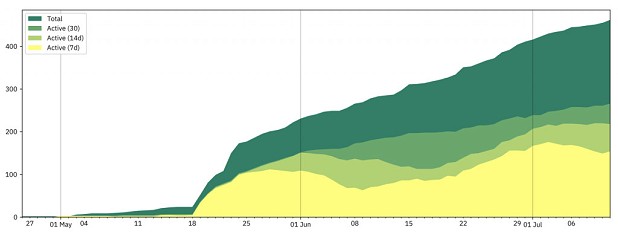
'In terms of "who" is coming back, both walls are fairly similar and show a very typical 65:35 split of men:women, which is typical of most walls from our experience,' Cassim Ladha of Griptonite wrote. 'What is interesting from the demographic data is a heavy bias towards the 20-30 year old age groups. This is atypical of the norm where we usually see a much wider age range.'
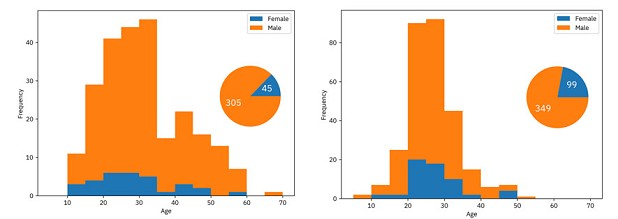
Since COVID-19 disproportionately affects older age groups, these stats are perhaps unsurprising. Ultimately, despite hygiene protocols and social distancing, climbing walls - like other public spaces - can't be guaranteed risk-free. The decision as to whether to return to walls or not upon their eventual reopening falls on the individual. The ABC guidelines emphasise:
'It should be recognised that whilst climbing walls will take all reasonable steps to prevent the transfer of CV to its staff and customers, there will always be a risk that an infected person visits the centre and either through droplet transfer, aerosol action or smear infection, transfers the virus to others. Our customers should be made aware of this and make their own decision given their specific circumstances whether this small residual risk is one they are willing to take. The residual risk should be no greater than in many other public spaces and facilities that are already open or will re-open in the coming months.'




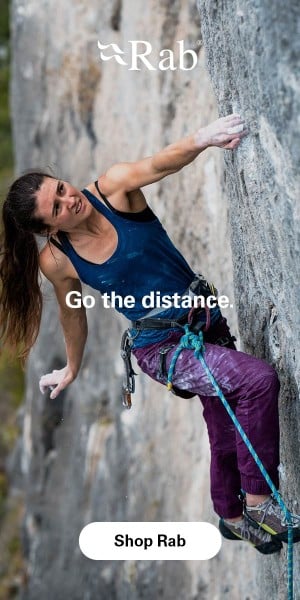


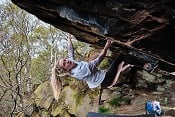

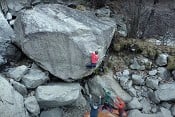


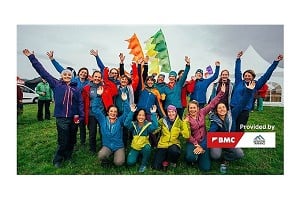
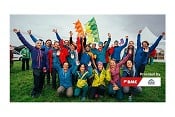
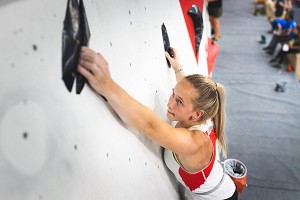

Comments
I can't help but feel the ABC and BMC would have done better to lobby for extended furlough arrangements and financial support for walls, than to engage in drafting up these dubious reopening guidelines, which they themselves acknowledge only mitigate the risk of infection. I imagine for most walls, running at reduced capacity but with the cost of extra cleaning and ventilation, etc., will be really difficult. Staff and customers are being put at risk for 45% capacity - which I imagine will leave most walls struggling to make a profit. Will that mean cuts to staff - either through redundancy or, given the prevalence of zero-hour contracts in the sector, through reduced working hours? Meanwhile, though there are health and wellbeing benefits to opening, these are likely to be taken up primarily by young men, with older people and women less likely to feel able to use facilities. So, a lot of the community benefit won't really be felt. These measures feel as inadequate as those we've grown used to expecting from government...
I totally agree with C Witter's comments. There is nothing here that will encourage me, an older climber, to rush back indoors. Surely the most important source for transmission of virus in climbing walls is the holds. I see no reason why these can not be included in a regular cleaning routine.
Further there are simple active measures that we as climbers can take to reduce transmission, such as using alcohol based liquid chalk, wearing gloves when belaying, leading climbing using your own rope or in a pair from different ends of the rope, to name but a few.
I think it would be hard to clean the holds, to be honest, because the established ways of cleaning holds involve taking them off the wall. I'm not sure how effective cleaning them whilst they're on the wall would be, but it would involve a lot of labour - perhaps equivalent to re-setting the wall. It makes sense to ask climbers to cleanse their hands instead. But, only in an ideal world will this work. People will ignore it, touch their face, bleed; never mind breathing, sweating, sneezing, coughing, etc. on the holds. It would make more sense in my mind to keep them closed a bit longer, pay workers furlough and arrange support for the businesses that risk going under despite reopening.
I agree that it would be hard to "deep clean" holds other than removing them from the wall, however, it should be possible to implement a more basic cleaning regime aimed at reducing or preventing the build up of critical levels of virus on holds. This could involve simply spraying holds with a mild alcohol based disinfectant solution or similar. I'd be quite happy to spray the holds I used on a route on the way down.
Nah you are over thinking it, if you feel vulnerable stay at home and shield yourself, the rest of us will use a bit of hand sanitiser and get on with our lives.